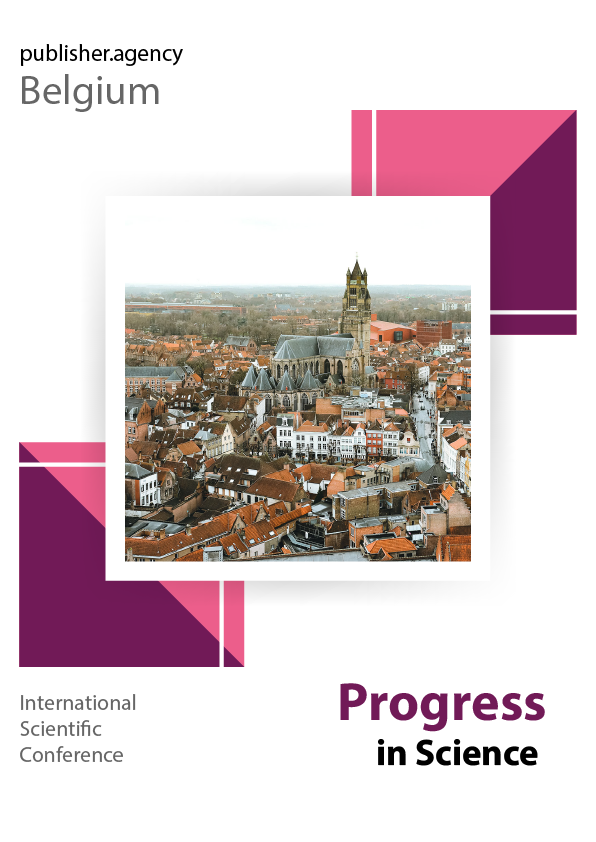CIRCULAR DEVOTION: A STRUCTURAL AND HERMENEUTIC STUDY OF HĀFEZ’S OPENING GHAZAL
Keywords:
Hafez Shirazi, Divan of Hafez, poetry, Persian poetryAbstract
This study offers a structural and hermeneutic reading of the opening ghazal in Hāfeẓ’s Dīwān, revealing how its bilingual framing, metrical regularity, and symbolic architecture collaborate to guide the reader through a ritualized journey of love and spiritual transcendence. Drawing on classical Persian‑Arabic poetic conventions—the Arabic matlāʿ and mak̲h̲taṣ that bookend the seven‑bayt poem—and the 4‑mefāʿīlūn hazaj metre, we demonstrate how Hāfeẓ weaves together communal lamentation and mystical yearning into a cohesive emotional topology. Influenced by early commentators like Sūdī, who interpreted the tavern scene literally, and by later Rūmī‑inspired Sufi exegesis, which reimagines the sāqī as a spiritual guide, this analysis situates the poem at the intersection of social and esoteric readings.
Through a close examination of seven paired motifs—the wine‑cup, the morning breeze, the wine‑dyed prayer rug, the caravan bell, the night‑sea, the seeker’s missteps, and the unceasing vigil—we trace a dialectic of peril and succor that mirrors the Sufi path of fanāʾ (annihilation) and baqāʾ (continuance). Each image serves as both a sensorial detail and an allegorical touchstone, inviting comparisons with Qurʾānic covenantal imagery (Q 7:172) and prophetic lore. By omitting the Persian couplets, we foreground Hāfeẓ’s deployment of Arabic epigraphs as a framing device that universalizes the poem’s spiritual itinerary.
This article will appeal to readers interested in Persian literature, comparative poetics, and the study of ritual and symbolism in Sufi discourse. Its interdisciplinary approach—bridging metric analysis, literary history, and mystical theology—illuminates how Hāfeẓ’s first ghazal functions as both a performative lament and an experiential guide for the pilgrim of the heart.
Published
How to Cite
Issue
Section
License
Copyright (c) 2025 Progress in Science

This work is licensed under a Creative Commons Attribution-ShareAlike 4.0 International License.

